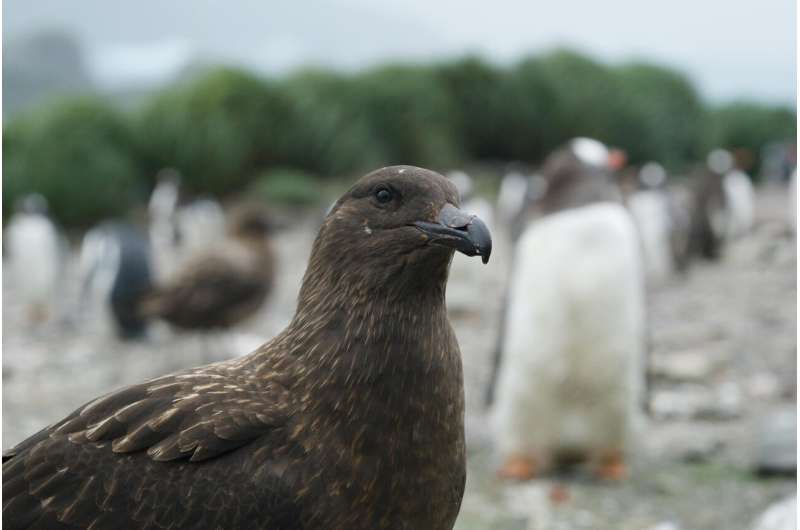SPACE
Small asteroid burns up over Luzon
By GMA Integrated News
Published September 5, 2024 _2024_09_05_06_01_41.jpg)
Screengrab from Unang Hirit report
A little asteroid hit the Earth's atmosphere early Thursday morning, producing a fireball that was seen in the skies over Luzon.
Netizens posted videos of the celestial event, which occurred at 12:39 a.m.
The asteroid, 2024 RW1, was only detected hours before it struck Earth.
Earlier, the European Space Agency said the asteroid, which is around one meter in size, was ''harmless."
“This is just the ninth asteroid that humankind has ever spotted before impact,” the ESA said.
— VBL, GMA Integrated News
An Asteroid Hit Earth’s Atmosphere Today—Here’s Why Astronomers Say That’s a Good Thing
Asteroid 2024 RW1 was discovered early this morning, marking the ninth time in history that humans have detected an approaching space rock before its impact
Margherita Bassi
Daily Correspondent
:focal(360x302:361x303)/https://tf-cmsv2-smithsonianmag-media.s3.amazonaws.com/filer_public/59/4f/594f924e-c784-478d-af85-d54c7e72d504/asteroid.png)
At around 12:40 p.m. Eastern time today, an asteroid raced through Earth’s atmosphere. You may have noticed, however, that scientific communities didn’t panic, nor did governments issue evacuation orders. That’s because the celestial object, designated asteroid 2024 RW1, posed no real danger to humans: It was only a little over three feet long, and it mostly burned up in the atmosphere over the Philippines’ Luzon Island. Any remnants of the rock probably landed in the ocean.
“An object this small can’t do any damage on the ground, we’re protected from them by the Earth’s atmosphere,” Alan Fitzsimmons, an expert in the field of asteroid and cometary science, tells New Scientist’s Matthew Sparkes and James Dinneen.
Instead, the asteroid simply created a dazzling spectacle for people in the area, streaking across the sky as a bright fireball. Despite an initial assessment from the European Space Agency (ESA) suggesting tropical storms might obscure the view of the asteroid, several videos of the space rock lighting up the night sky have popped up on social media.
Here’s how Asteroid RW1 looks like from Gonzaga, Cagayan, Philippines. Best shot so far!! pic.twitter.com/eYgQsHqxFP— Raymon Dullana (@raymongdullana) September 4, 2024
Jacqueline Fazekas, a research technologist at the NASA-funded Catalina Sky Survey, first spotted asteroid 2024 RW1 hurtling toward Earth early this morning. The news was announced by the Catalina Sky Survey on X less than nine hours before impact.
To some, that narrow statistic might seem worrying. The detection, however, “is a good thing,” writes EarthSky’s Kelly Kizer Whitt. “We’re getting better at spotting asteroids before they hit us.”
The occurrence was “a dramatic and scientifically valuable event,” writes the International Meteor Organization’s Karl Antier. Two or three objects similar to asteroid 2024 RW1 hit our planet every year, per New Scientist, but this is only the ninth time in human history that scientists spotted one of these Earth-impacting extraterrestrial objects before it entered the atmosphere.
“The really positive aspect about this is that the survey telescopes are now good enough to spot these things coming in and give us a bit of warning,” Fitzsimmons tells New Scientist. “Put another way, if this object had been much larger and so perhaps pose[d] a threat to people on the ground, then it would be much brighter, and we’d have projected it much further out. So, this actually is a really nice demonstration that the current survey systems are doing a very good job.”
This detection is actually great news! This is only the ninth time that humankind has discovered an asteroid before it impacts Earth and is a sign of our improving planetary defence capabilities.
Take a look at this graphic: https://t.co/jNz2KNE7tb
And find out more about the…— ESA Operations (@esaoperations) September 4, 2024
For example, one of the most notorious asteroids of the modern era, a rock called Apophis, was detected by a team of astronomers at Arizona’s Kitt Peak National Observatory in 2004. At first, researchers calculated that it had a 2.7 percent chance of crashing catastrophically into our planet, though that number has since been adjusted to zero percent for at least the next 100 years. The 1,100-foot-long asteroid is predicted to make a close pass by Earth on Friday, April 13, 2029—zooming by at a distance closer than geosynchronous satellites.
Today’s detection of asteroid 2024 RW1 is a small victory within the greater context of planetary defense. In 2022, NASA’s DART spacecraft smashed into a 525-foot-wide asteroid called Dimorphos to change its motion, demonstrating the viability of asteroid redirection. Basically, if a threatening object is found hurtling toward Earth, DART suggests we have a chance of diverting its path by crashing a spacecraft into it.
In October, the European Space Agency’s Hera spacecraft is scheduled to launch on a mission to carry out a post-impact survey of Dimorphos, in hopes of turning NASA’s DART experiment into a repeatable technique.
WELCOME TO EARTH, ASTEROID 2024 RW1!
Here's a clear shot of the much-awaited small asteroid 2024 RW1 (#CAQTDL2) burning bright into a greenish 'fireball' over Lal-lo, Cagayan around 12:39 AM PhST, 05 September 2024. Did you see it too?
… pic.twitter.com/B3oAm6nNdD— ScienceKonek (@sciencekonek) September 4, 2024
The advance detection of the asteroid that impacted Earth today is “a sign of our improving planetary defense capabilities,” ESA Operations writes on X.
Hopefully, that means that if a much larger object than asteroid 2024 RW1 gets too close for comfort in the future, we’ll be ready.
/https://tf-cmsv2-smithsonianmag-media.s3.amazonaws.com/accounts/headshot/Margherita_Bassi.png)
Margherita Bassi |
Margherita Bassi is a trilingual storyteller and freelance journalist with a particular interest in ancient history, astronomy and human interest stories.
Space Development Agency Will Soon Deliver Capability to Warfighters
Sept. 5, 2024 |
The Defense Department wants missile-tracking capability available to combatant commanders for operational use by the end of calendar year 2025, the director of the Space Development Agency said yesterday.

Derek Tournear said the agency has launched 27 demonstration satellites, while keeping one on the ground for a test bed for debugging and software updates to those satellites in geosynchronous low Earth orbit at a Defense News Conference event in Arlington, Virginia.
During the discussion of advances in missile tracking from space using data transport and missile tracking satellites, Tournear said the Space Development Agency is still in tranche 0, which means the early stages of satellite deployment for capability demonstrations.
These satellites for national security are referred to as PWSA, or proliferated warfighter space architecture.
Tranche 0 proved that Link 16 from space to warfighter is feasible, he said. Link 16 is a secure military communications system that allows the exchange of real-time tactical data among military aircraft, ships and ground forces by U.S. and coalition forces.

Link 16 from space has "never been done before," he said. It was demonstrated with Australian partners and a U.S. Navy aircraft carrier and airframe. Future tests will include Norway, Tournear said.
The next question the agency will address is: Can you do the missile-tracking mission from low Earth orbit satellites with all of the space clutter in that orbit with a dim-appearing missile in flight in real time?
The answer is yes. There's been some success zeroing in on missile or rocket "targets of opportunity," including a SpaceX launch and some classified missile launches that can't be discussed, he said.
Another question answered by tranche 0: Can DOD form an optical network in low Earth orbit using laser communications? "Last night, it was actually demonstrated. Two tracking satellites did that, acquiring and maintaining links for several hours," he said.
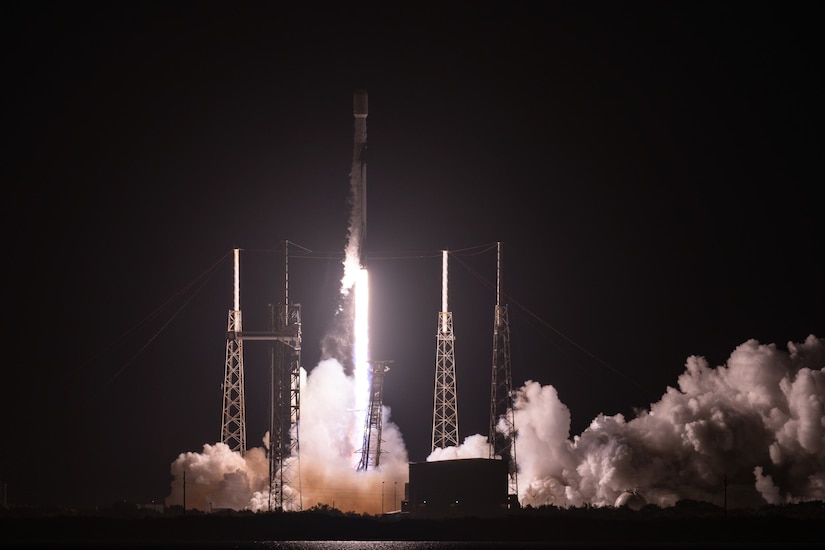
Tranche 1 should be initiated around the end of this calendar year or a little after.
Tranche 2 is in the design phase, with launch scheduled to begin around September 2026.
Tranche 3 work is ongoing. These satellites have about a five-year design life, so tranche 3 will need to replenish some of the earlier satellites.
Tournear noted that his agency is a lean, fast-paced, results-driven organization that is cost-effective, and fully accountable to and supported by Congress.
Guardian Angel
A Space Force Guardian Is Bringing Stranded Boeing Astronauts Home
They're coming home.

Miguel J. Rodriguez Carrillo / AFP via Getty / Ruturism
Our Saviors
by Noor Al-Sibai
In a press release, NASA announced that Col. Nick Hague will take charge as the first ever active-duty Space Force Guardian to journey into space (astronaut Michael Hopkins was deputized into the Space Force during a ceremony on board the ISS in 2020, but he wasn't yet a member when he traveled there, and the military branch's personnel weren't yet known as Guardians.)
Hague's mission is simple, according to Military.com's breakdown: bring back Suni Williams and Butch Wilmore, the now-stranded astronauts who took Boeing's doomed Starliner up to the International Space Station earlier this summer and have since been unable to return home in the malfunctioning capsule.
The international pair of saviors will fly with two empty seats on a SpaceX Dragon capsule for NASA's Crew-9 mission, which will launch later this month and return to Earth with their precious cargo no sooner than February with Wilmore and Williams in tow.
Delays on Delays
What was slated to be an eight-day jaunt to and from the ISS in early June will end up being at least seven months for the Starliner crew — but the uncrewed capsule itself is set to return to Earth alone on September 6.
Hague's historic first launch as a designated Space Force Guardian was also delayed by the Starliner fiasco.
Despite it being his first launch with the Space Force, this won't be Hague's first space rodeo, since he stayed aboard the ISS for six months when he was still in the Air Force back in 2019. Prior to that successful launch, Hague had also attempted a launch in 2018 on a Russian Soyuz rocket that ended up malfunctioning, resulting in a close call and mission abort.
Between then and now, Hague joined the Space Force and became the new branch's director of test and evaluation.
Now his branch-switching, close-calls, and patience are being rewarded — unless the mission slips yet again, that is.
Jeff Foust

WASHINGTON — NASA is preparing for the uncrewed return to Earth of Boeing’s CST-100 Starliner spacecraft as the agency begins work on changes to the spacecraft to correct problems found during its test flight.
Agency officials confirmed at a Sept. 4 briefing plans for Starliner to undock from the station Sept. 6 at 6:04 p.m. Eastern. The spacecraft will quickly depart the vicinity of the ISS and perform a deorbit burn at 11:17 p.m. Eastern, setting up a landing of the Starliner crew capsule at White Sands Space Harbor, New Mexico, at 12:03 a.m. Eastern Sept. 7.
Steve Stich, NASA commercial crew program manager, said there were no technical issues being worked ahead of Starliner’s uncrewed departure to complete the Crew Flight Test (CFT) mission. Weather at White Sands was also forecast to be favorable, with a slight chance of rain the only concern. A backup landing opportunity is available Sept. 10.
Starliner’s departure from the station will be different from what was originally planned when it would have astronauts on board. The spacecraft will make a relatively rapid departure from the vicinity of the station, called a “breakout burn,” rather than a more gradual separation that would include a flyaround of the station.
The breakout burn allows for a faster departure from the station, said Anthony Vareha, the lead NASA space station flight director for the undocking, as well as accommodates the lack of crew on board. “Without the crew on board, able to take manual control if needed, there’s just a lot less variables that we need to account for when we do the breakout burn, and allows us to get the vehicle on a trajectory home that much sooner.”
Stich added that this trajectory puts “less stress” on reaction control system (RCS) thrusters, whose problems on approach to the station in June ultimately led to NASA’s decision to have the spacecraft return without a crew on board. “There’s a lot fewer thruster firings,” he said.
Once Starliner is away from the vicinity of the station, though, controllers to plan to test-fire several of the thrusters. Stich said engineers are still choosing what thrusters to test, but that they may involve some of the aft thrusters that experienced problems, including one that appeared to lose all thrust on approach to the station and did not recover in subsequent tests.
Those tests will be short pulses, lasting about 0.1 seconds, which will be enough to see how well they are performing. “The purpose of that is to continue to learn,” he said, collecting data in addition to tests performed while Starliner was docked to the station. “We really want to see how the thrusters perform and what the thrust levels exactly are after we undock and fire them for a little bit.”
The RCS thrusters will be used again to maintain attitude control during the deorbit burn, which is carried out by larger thrusters. The RCS thrusters will maneuver the spacecraft after that burn to separate the crew capsule from the service module and orient the capsule for reentry.
Assuming Starliner does safely return to Earth, NASA will turn its attention to changes to the spacecraft to address the thruster problems as well as helium leaks so that the vehicle can be certified for crew rotation missions.
“We’ve been entirely focused this summer on understanding what is happening on orbit, trying to decide if we could bring the crew back or not,” Stich said. “What we need to do now is really lay out the overall plan, which we have not had time to do.”
For the helium leaks, he said the leading explanation is that exposure to oxidizer vapors is causing a seal to degrade. “One of the things we’re looking at is a different material on the seal and maybe a different, slightly enlarged seal.”
He suggested, though, that the thruster problems could be resolved without major hardware changes. “Clearly, the way we fire the thrusters causes the thruster to overheat,” he said, causing a component called a poppet and made of Teflon to swell, constraining the flow of propellant to the thruster. “We need to understand what kinds of pulses in particular cause that swelling, the number of pulses.”
While he said nothing was ruled out, he indicated that NASA was leaning towards operational changes rather than replacing or modifying the thrusters themselves. “We know the thrusters are working well when we don’t command them in a manner that overheats them and gets the poppet to swell,” he said, noting that most thrusters worked without issue. “We know that the thruster is a viable thruster.”
“The easiest thing to do is to figure out how do we lower the temperature the thruster is operating at and maybe not firing it in a manner that causes it having this overheating phenomenon,” he said. He added later in the briefing that it could include modifications to structures on the service module called doghouses that contain the thrusters to better dissipate heat or cool thrusters.
At the briefing, NASA did not indicate how long post-flight reviews of Starliner and corrective actions might take, or if Boeing would be required to perform another test flight before certification. As with several previous briefings, Boeing was not a participant.
NASA officials, though, rejected reports that earlier meetings about whether to allow astronauts Butch Wilmore and Suni Williams to return on the spacecraft descended into yelling.
“I would not characterize it as heated,” Stich said, but acknowledged that there was “some tension in the room” as Boeing argued that Starliner was safe enough while NASA felt models of thruster performance were too uncertain. “I wouldn’t say it was a yelling screaming kind of meeting. It was a tense technical discussion.”
Chinese astronauts study ancient microbes aboard Tiangong space station
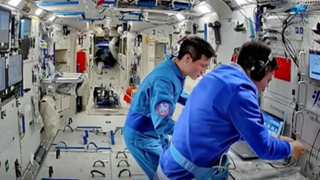

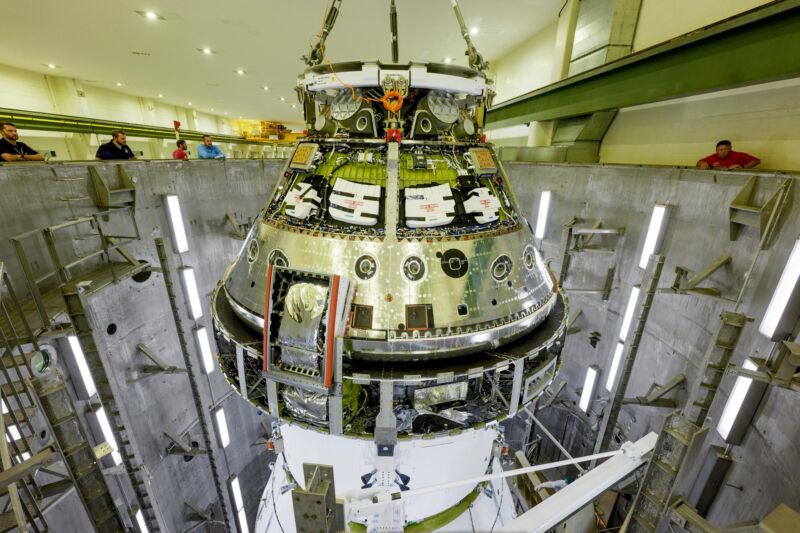




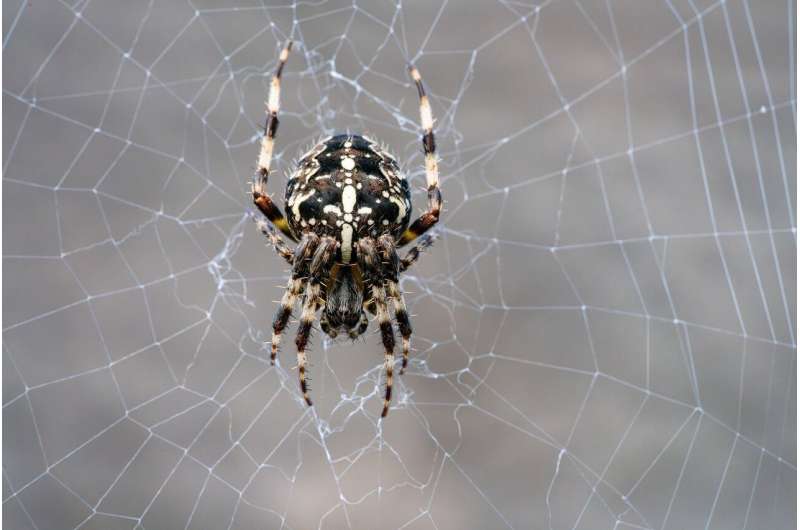
 I
I

